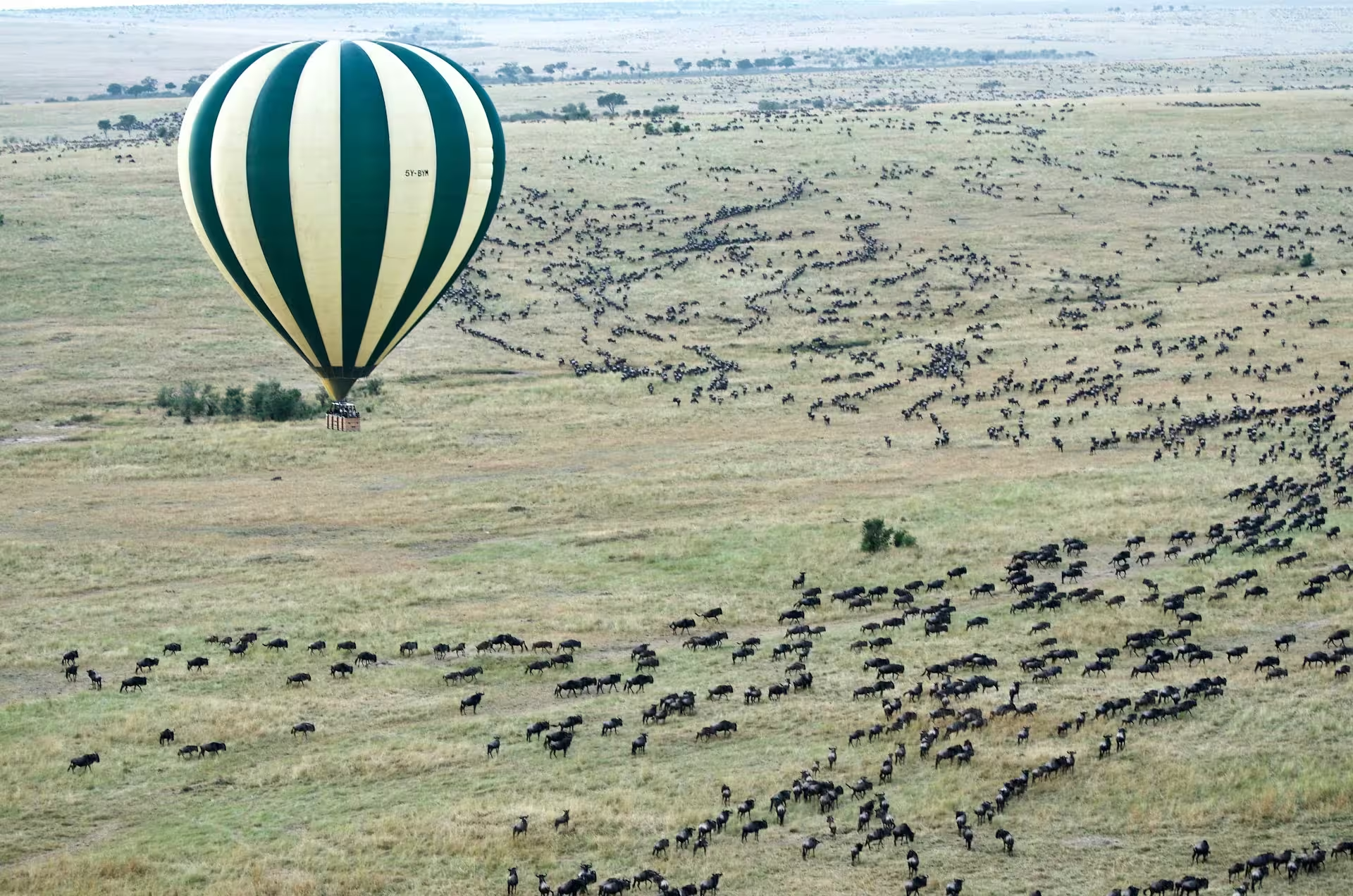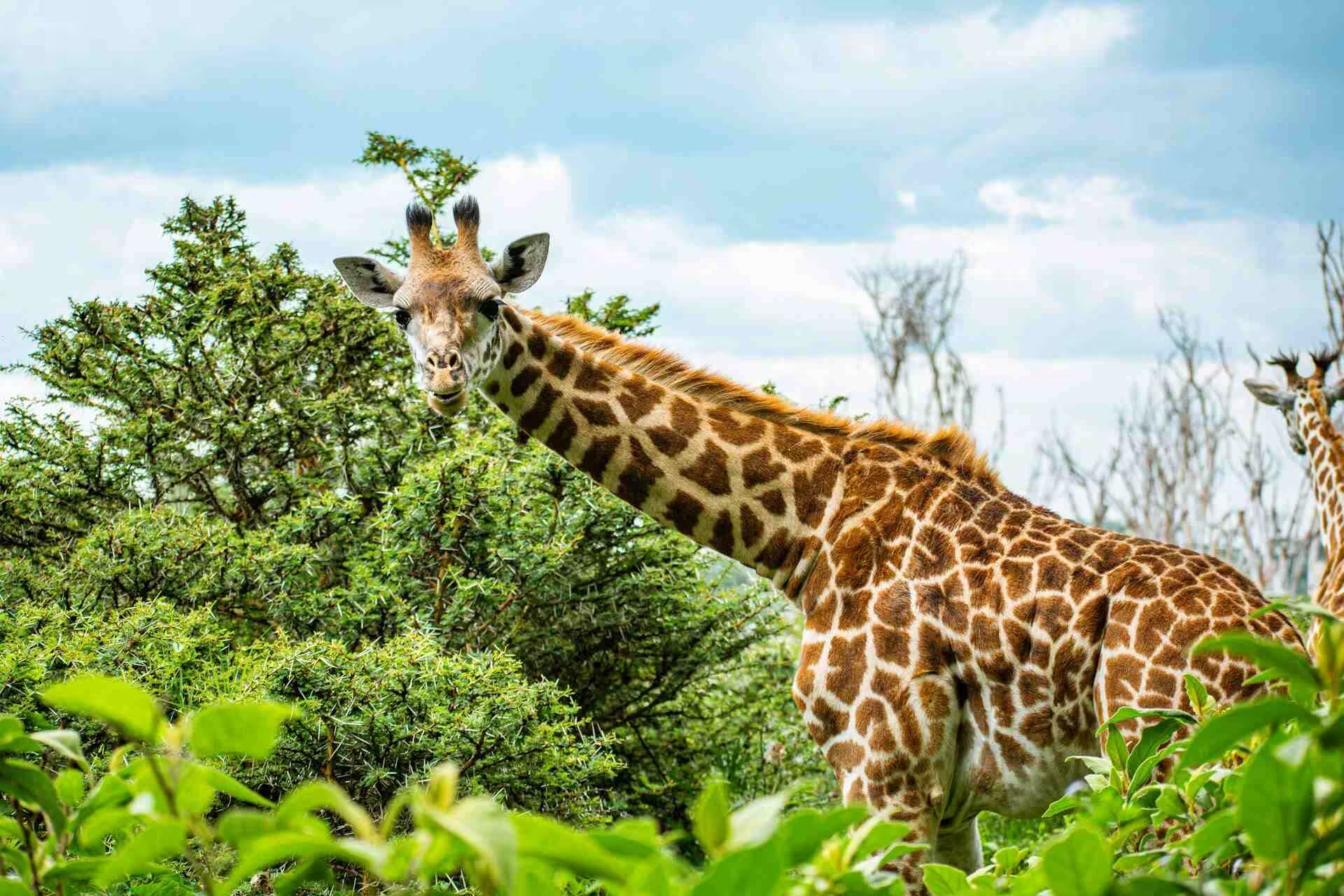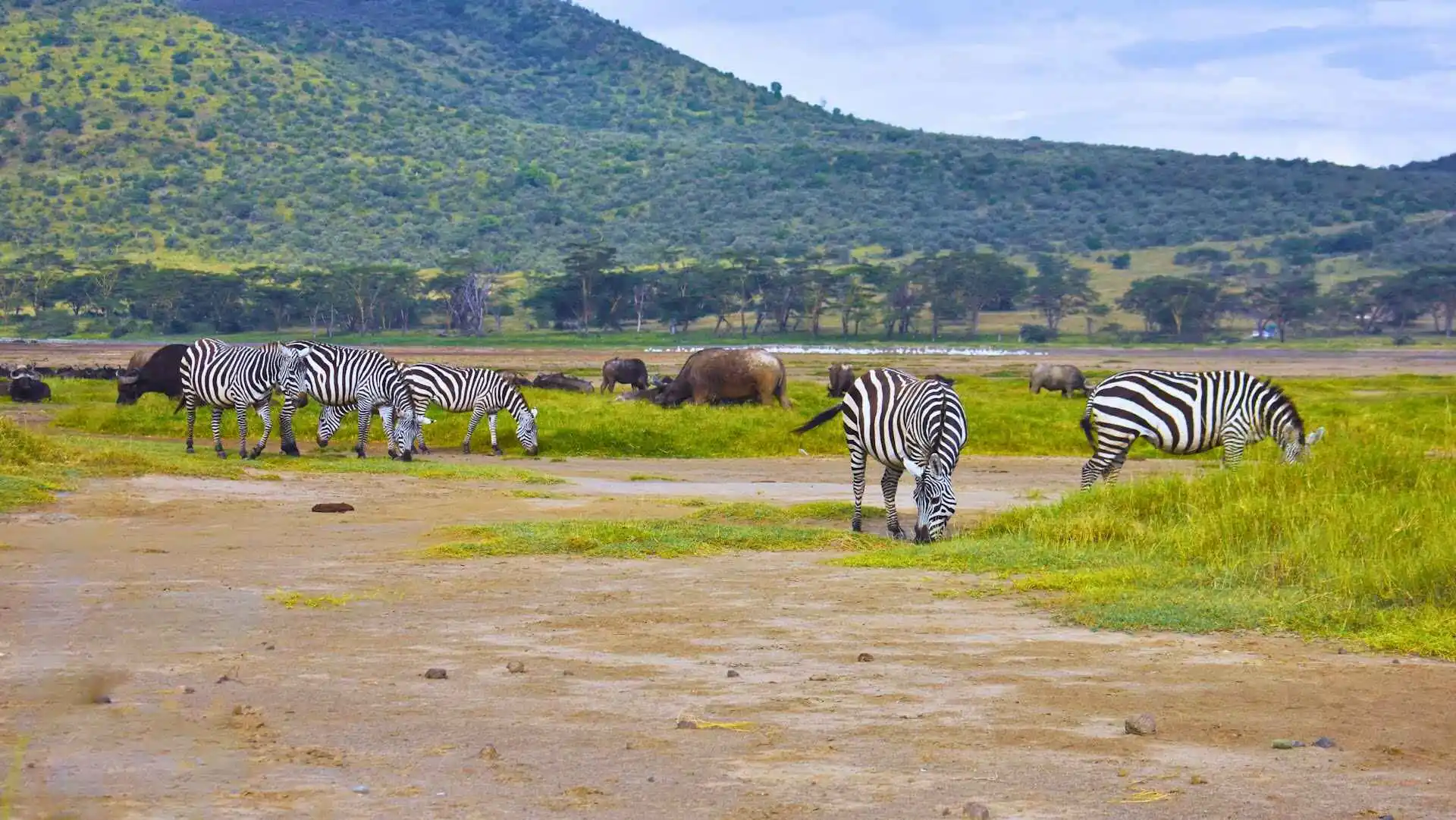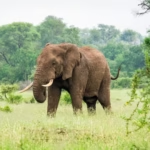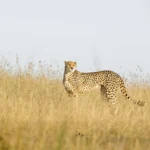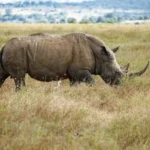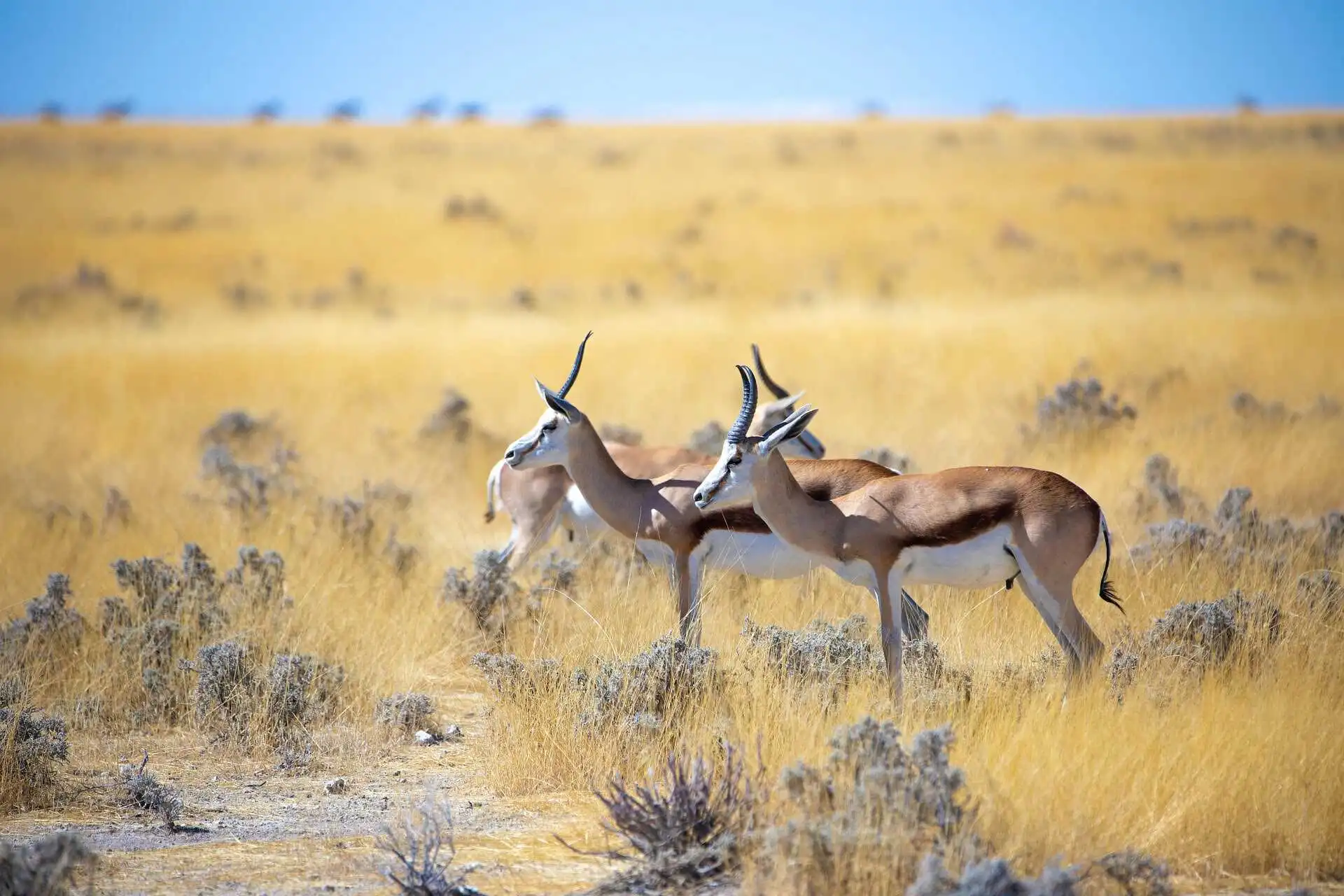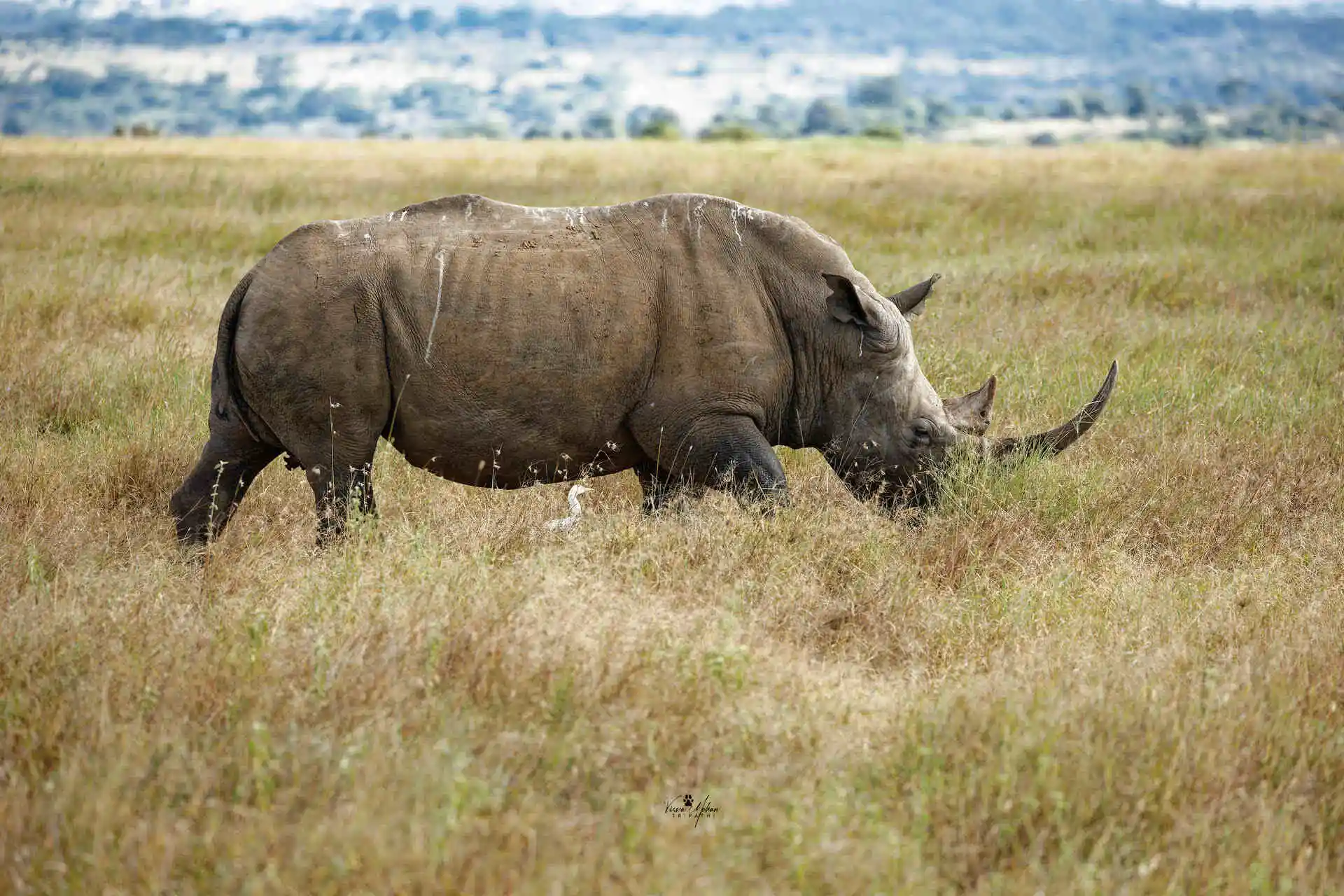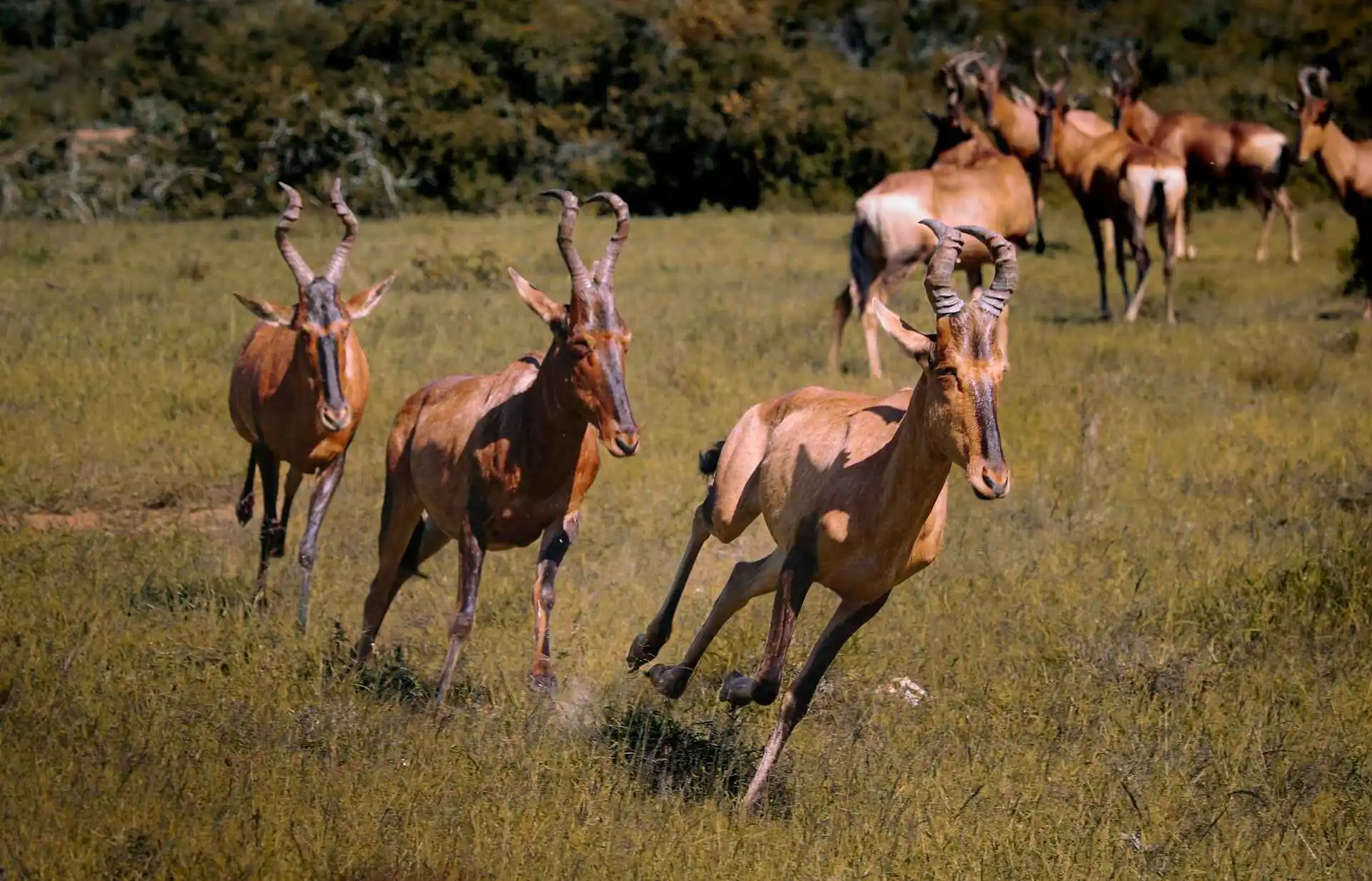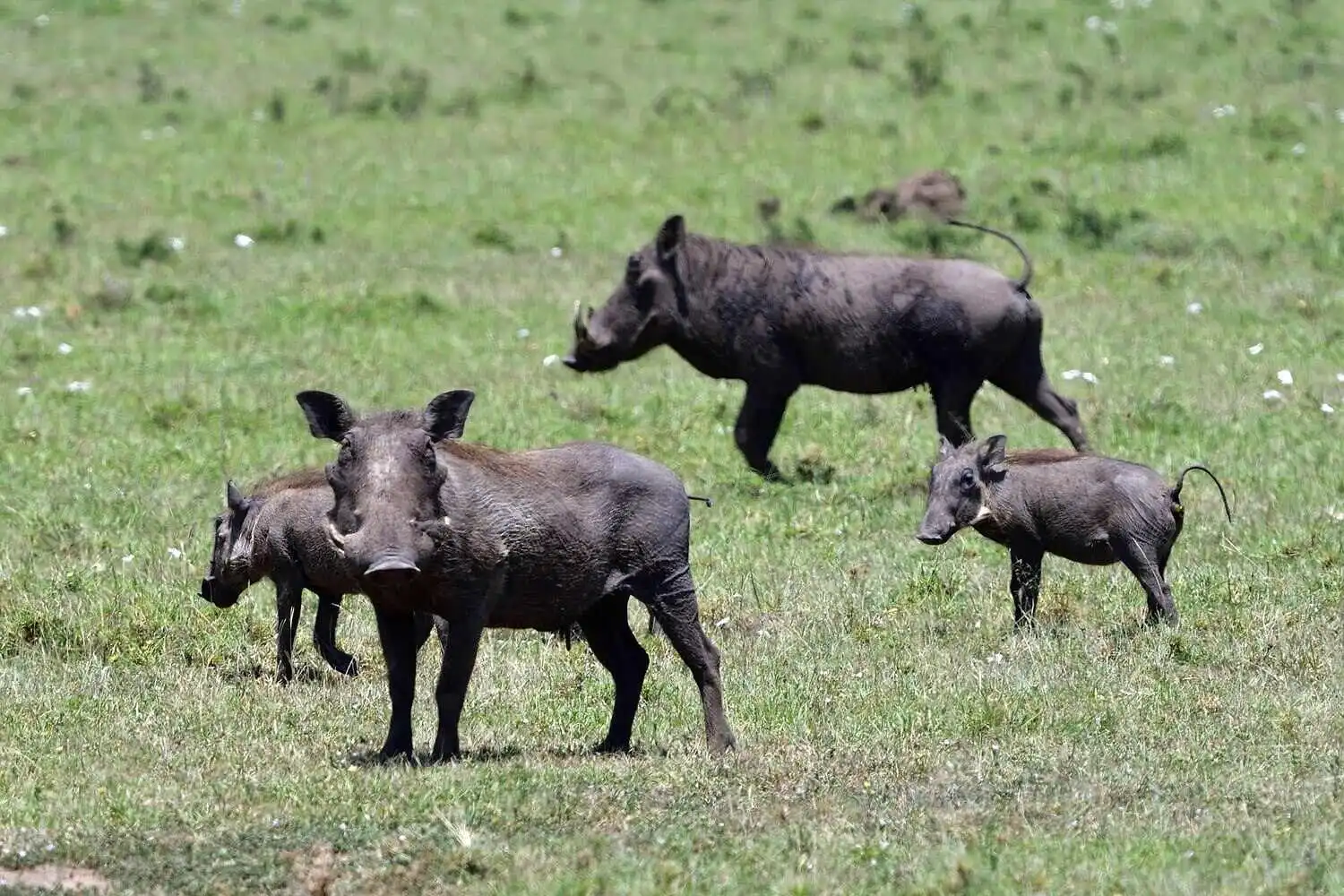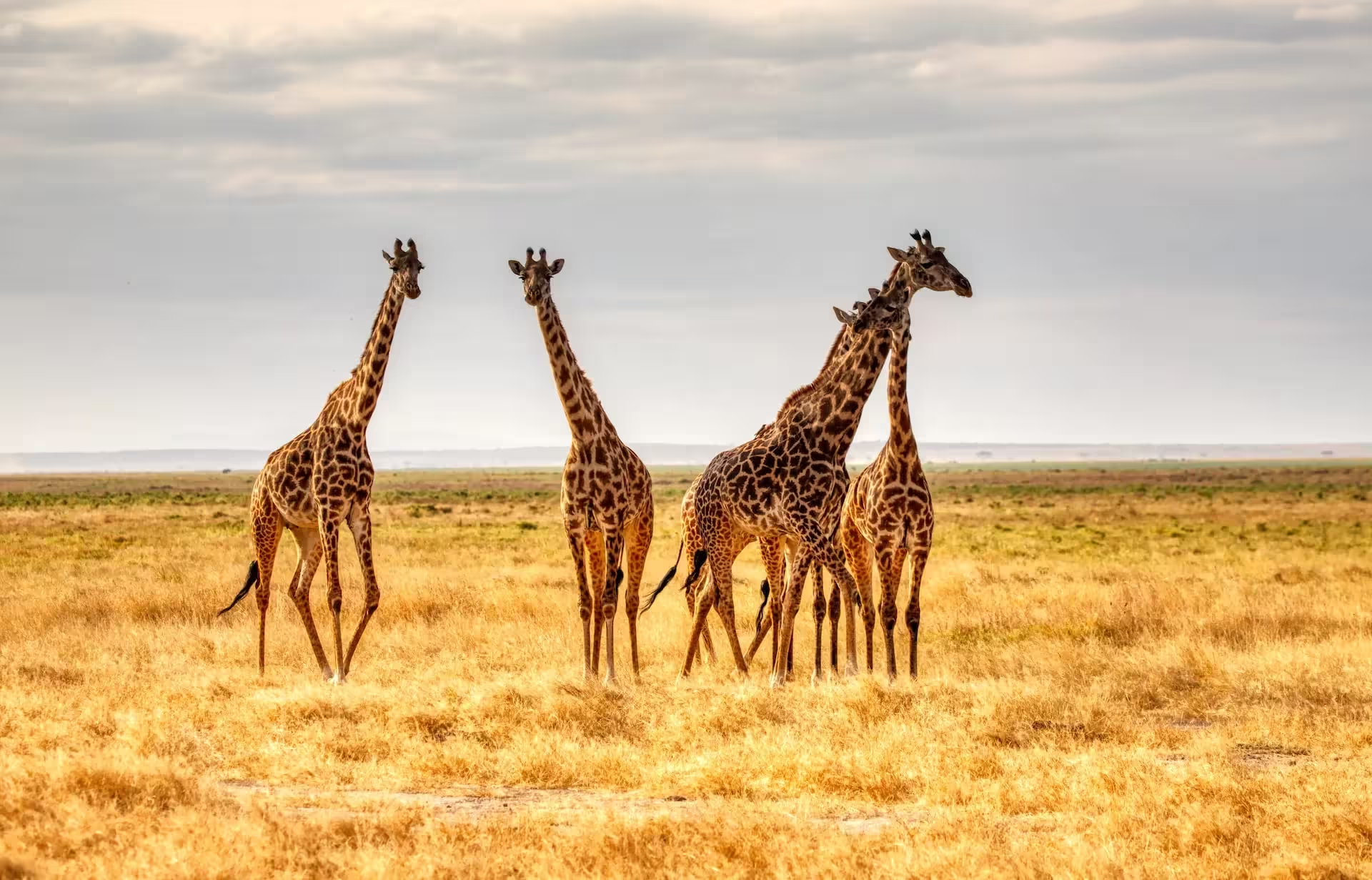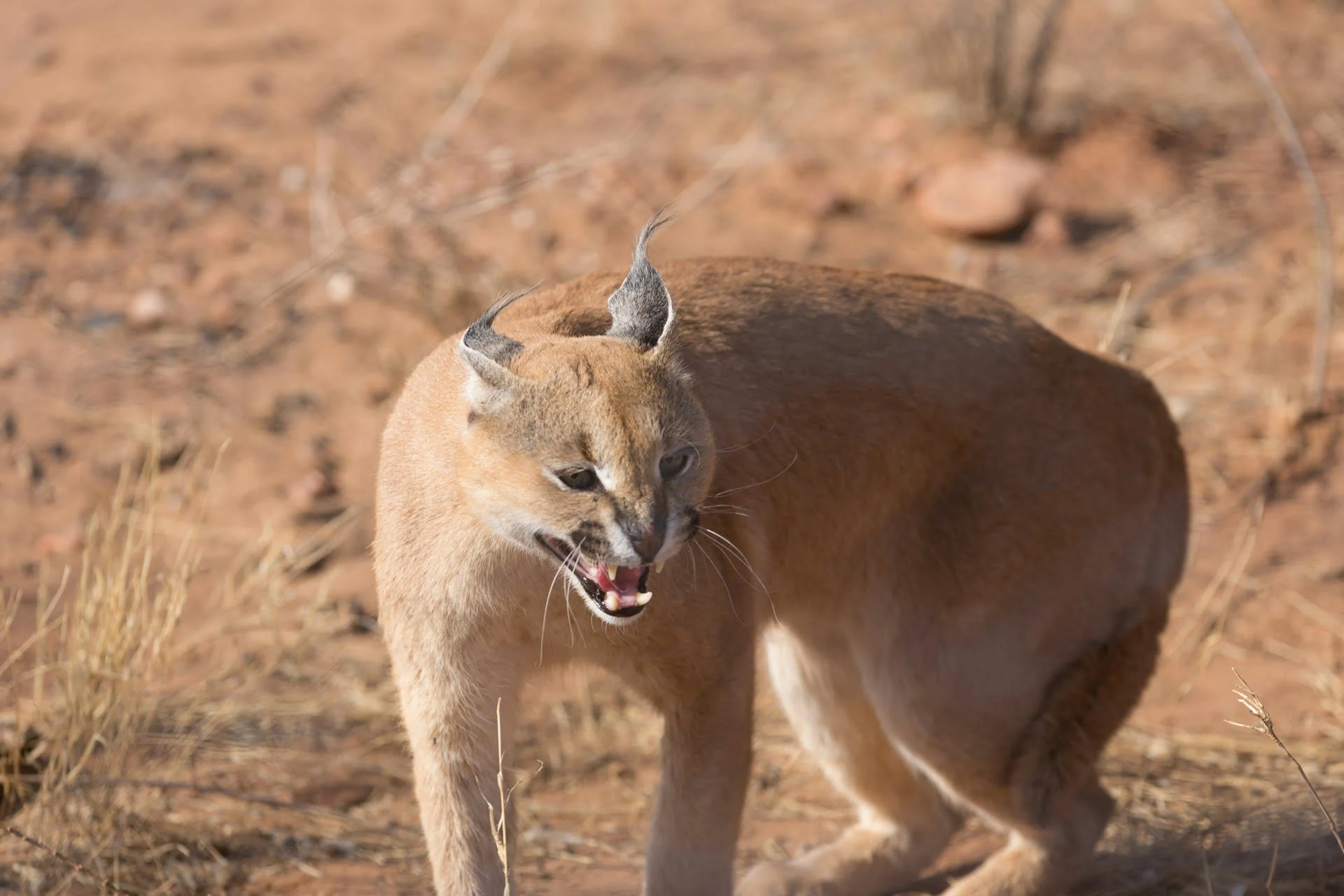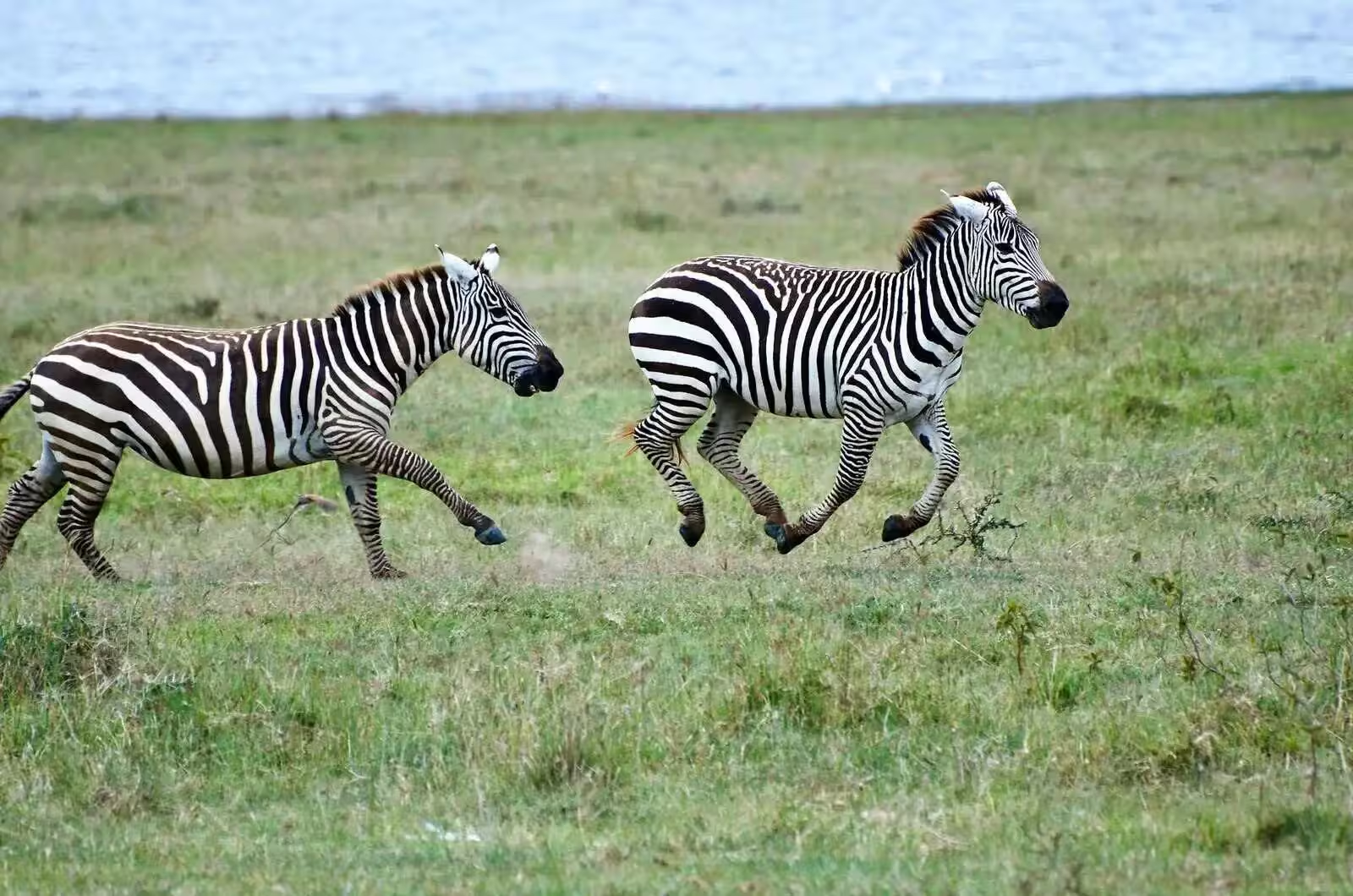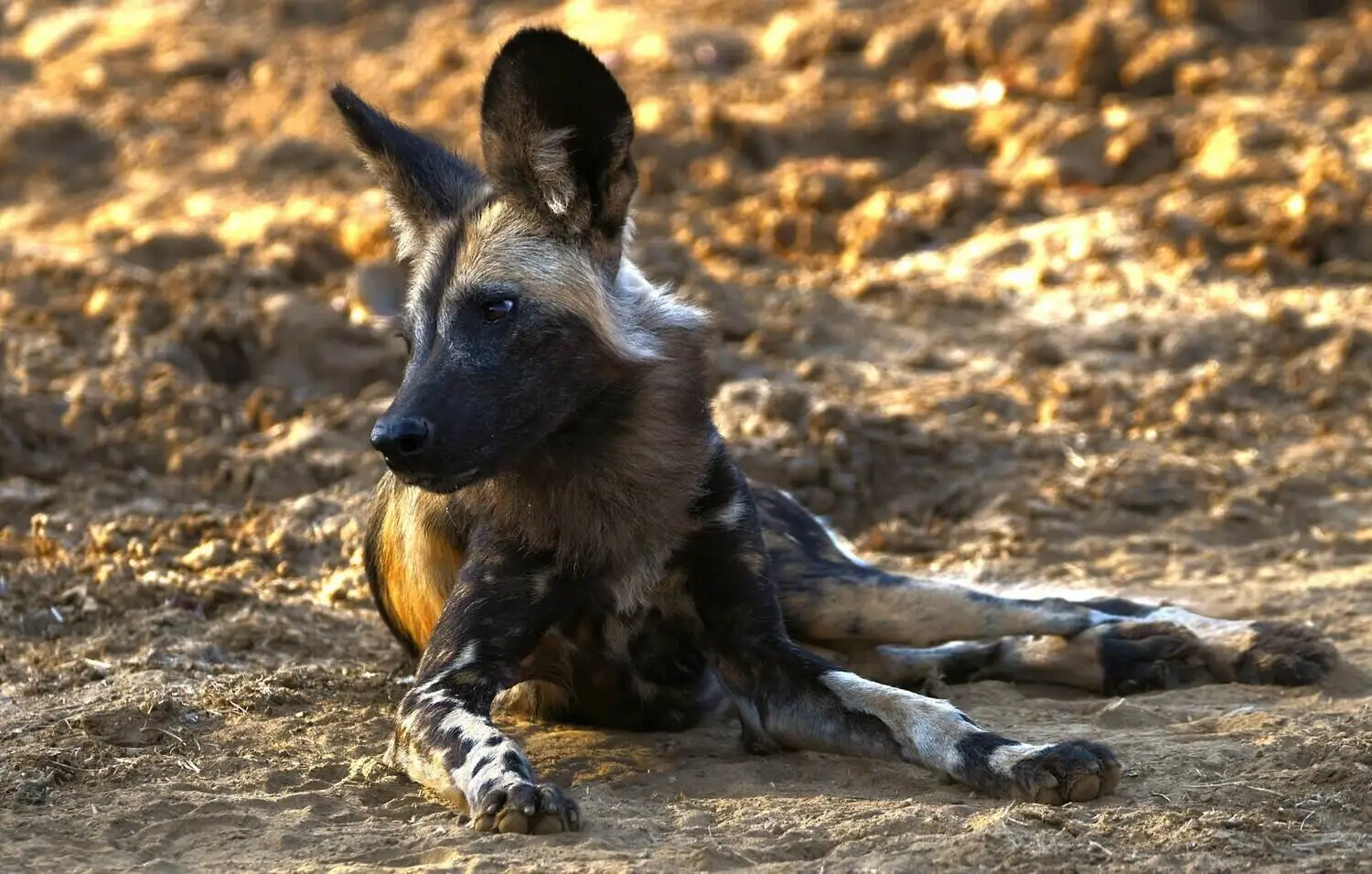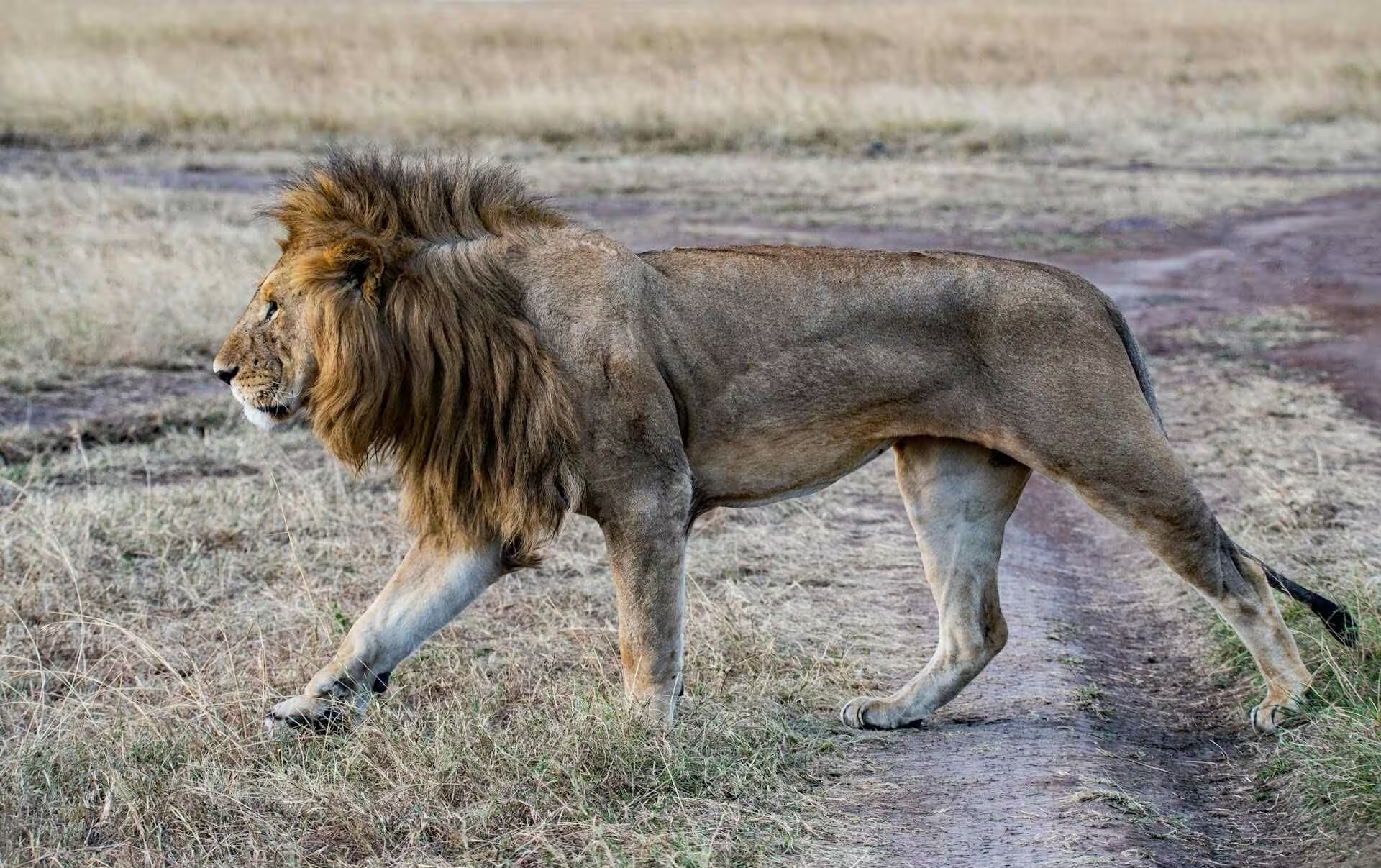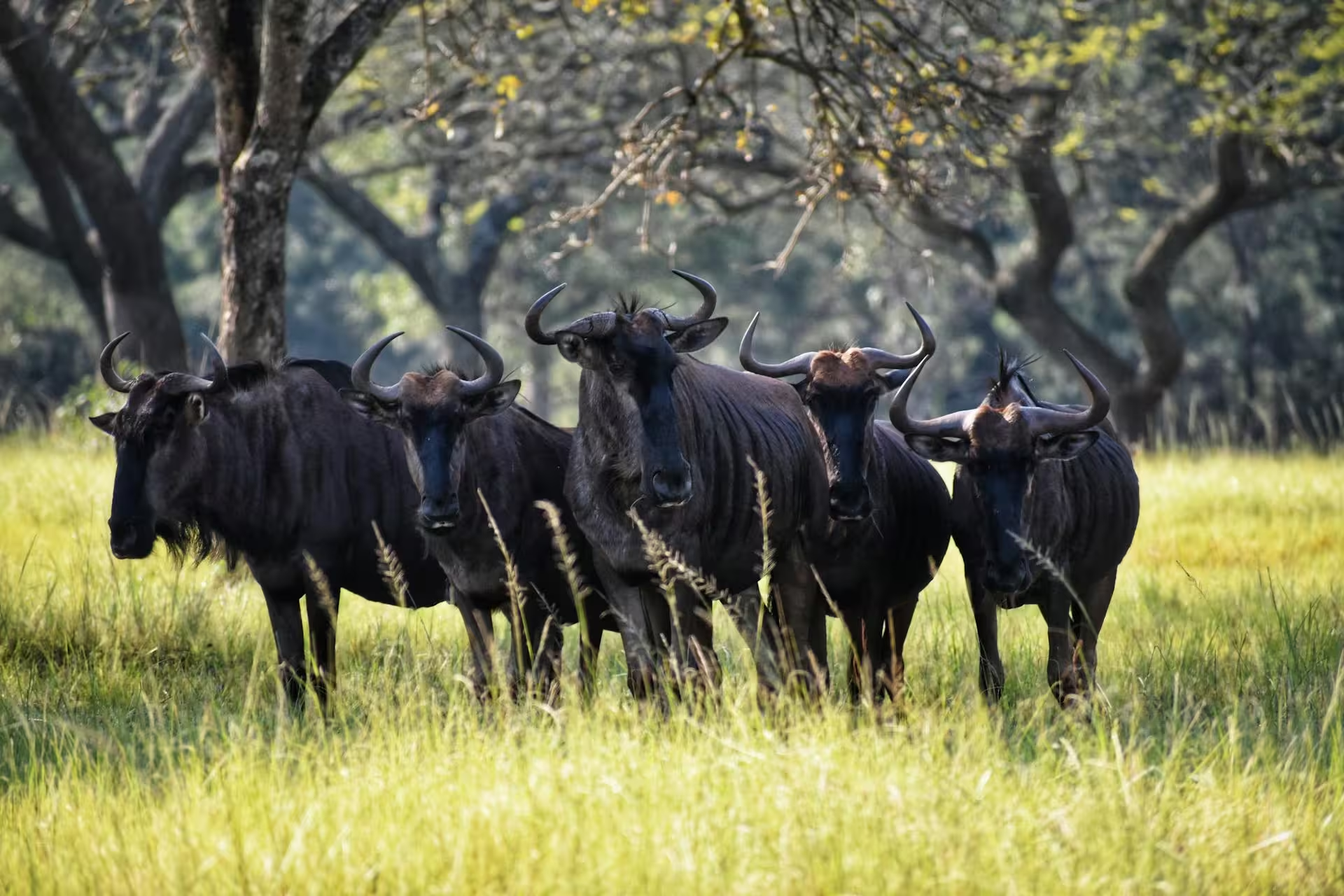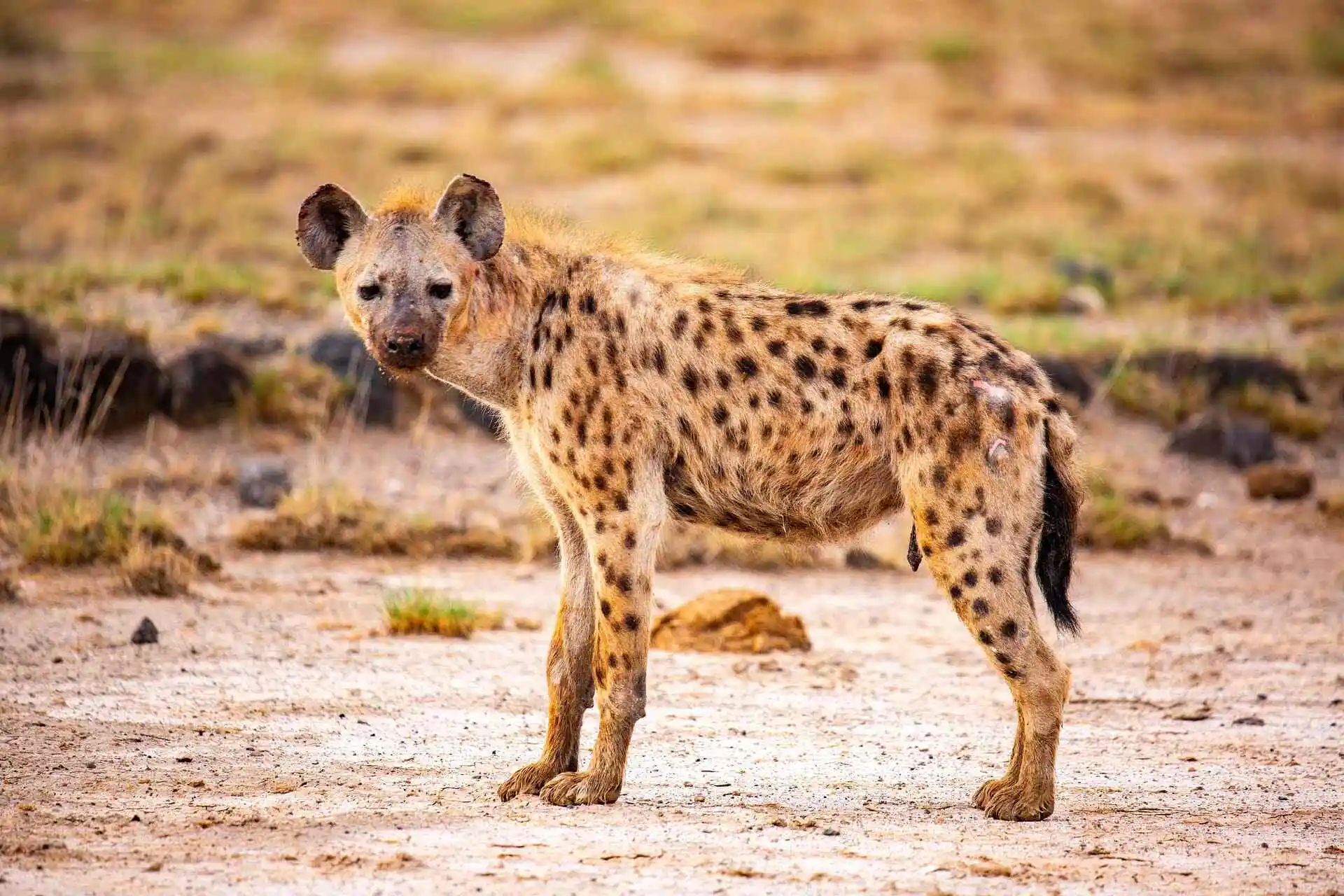How does African Leopard look like?
The African leopard is a large and agile big cat, easily recognizable by its distinctive golden-yellow coat covered in black rosettes and spots. Its sleek and muscular body, designed for stealth and strength, features a relatively long tail that aids in balance while climbing trees.
The leopard’s head is robust with a broad forehead, and its eyes are strikingly intense, often amber or green in color. Prominent whisker spots and a white underbelly add to its unique appearance. Leopards are known for their adaptability, and their coat coloration may vary slightly based on their specific habitat, ranging from savannahs to dense forests.
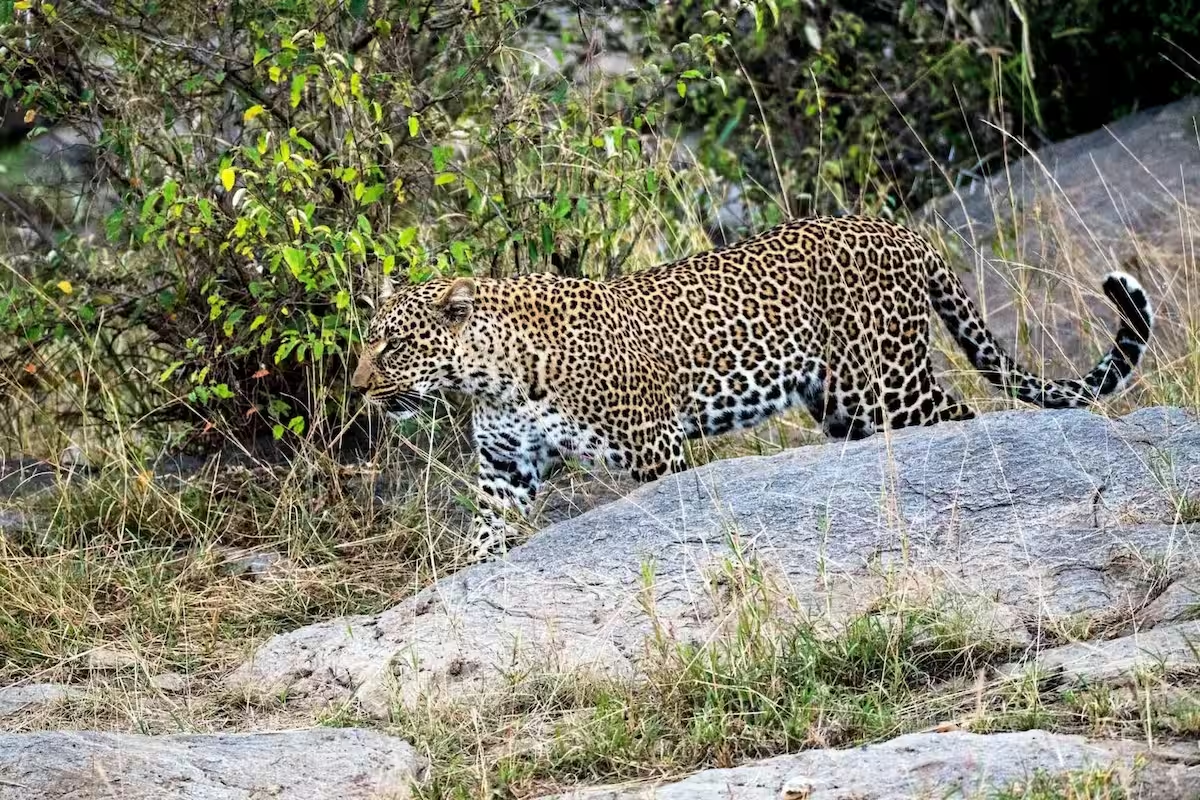
Quick Characteristics Table – African Leopard
| Characteristic | Detail |
|---|---|
| Scientific Name | Panthera pardus pardus |
| Habitat | Highly adaptable; found in forests, grasslands, savannas, mountains, and even near human settlements. |
| Distinctive Coat | Yellow/Golden fur covered in dark, irregular, rose-shaped patterns called rosettes. |
| Activity | Primarily Nocturnal (active at night) and Solitary. |
| Key Behavior | Exceptional climbers; often hoist heavy kills into trees to protect them from scavengers (like lions and hyenas). |
| Life Span | 12-15 Years |
| Speed | 60 KMph |
| Diet | Carnivore; highly opportunistic hunter of small to medium-sized prey (antelope, rodents, primates, etc.). |
| Male Weight (Avg.) | 60−90 kg (130 - 200 lbs) |
| Conservation Status | Vulnerable (VU) |
Diet and Feeding Habits
African leopards are picky eaters! They love a variety in their diet, which includes things like impalas, gazelles, and even small mammals. These clever cats are also good at climbing trees, where they often take their meals to enjoy in peace and avoid other animals looking for a free lunch.
Apart from bigger prey, leopards might go for smaller snacks like birds or rodents. They’re pretty opportunistic, meaning they adapt well to different environments, from open savannahs to dense forests. These adaptable eaters are a key part of the wild and diverse ecosystems across Africa.
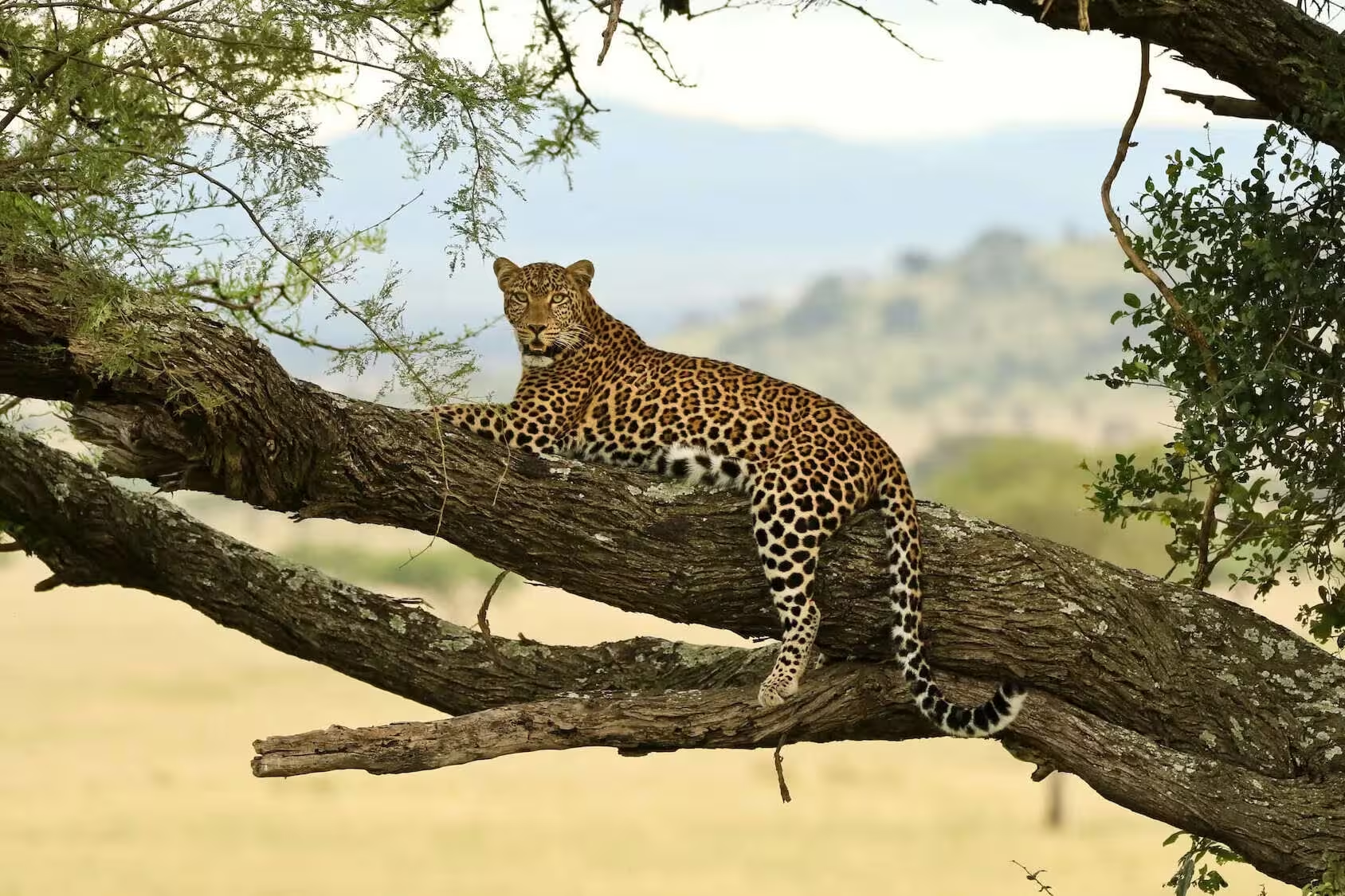
Historical Importance
Leopards have played a significant role in African history and culture for centuries. They have been revered as symbols of power, strength, and beauty, and their image has been widely used in art, literature, and mythology.
Leopards hold significant cultural and religious importance in many African societies. In ancient Egypt, these majestic cats were linked to Osiris, the god overseeing the afterlife and protecting the deceased. In West Africa, leopards are viewed as divine messengers, with their presence signifying either good fortune or impending omens.
The striking appearance of leopards, with their distinctive spotted coats, has left an indelible mark on African art and literature. Traditional textiles, pottery, and sculptures often feature intricate leopard-inspired designs. Folklore portrays leopards as cunning and powerful beings, playing central roles in various myths and legends.
Throughout history, leopards have been hunted for their fur and claws. Their skins were fashioned into ceremonial robes, and their claws were believed to possess magical properties. In some regions, leopards were also sought after for their meat, considered a delicacy. The complex interweaving of leopards into African culture reflects their enduring significance and influence across the continent.

